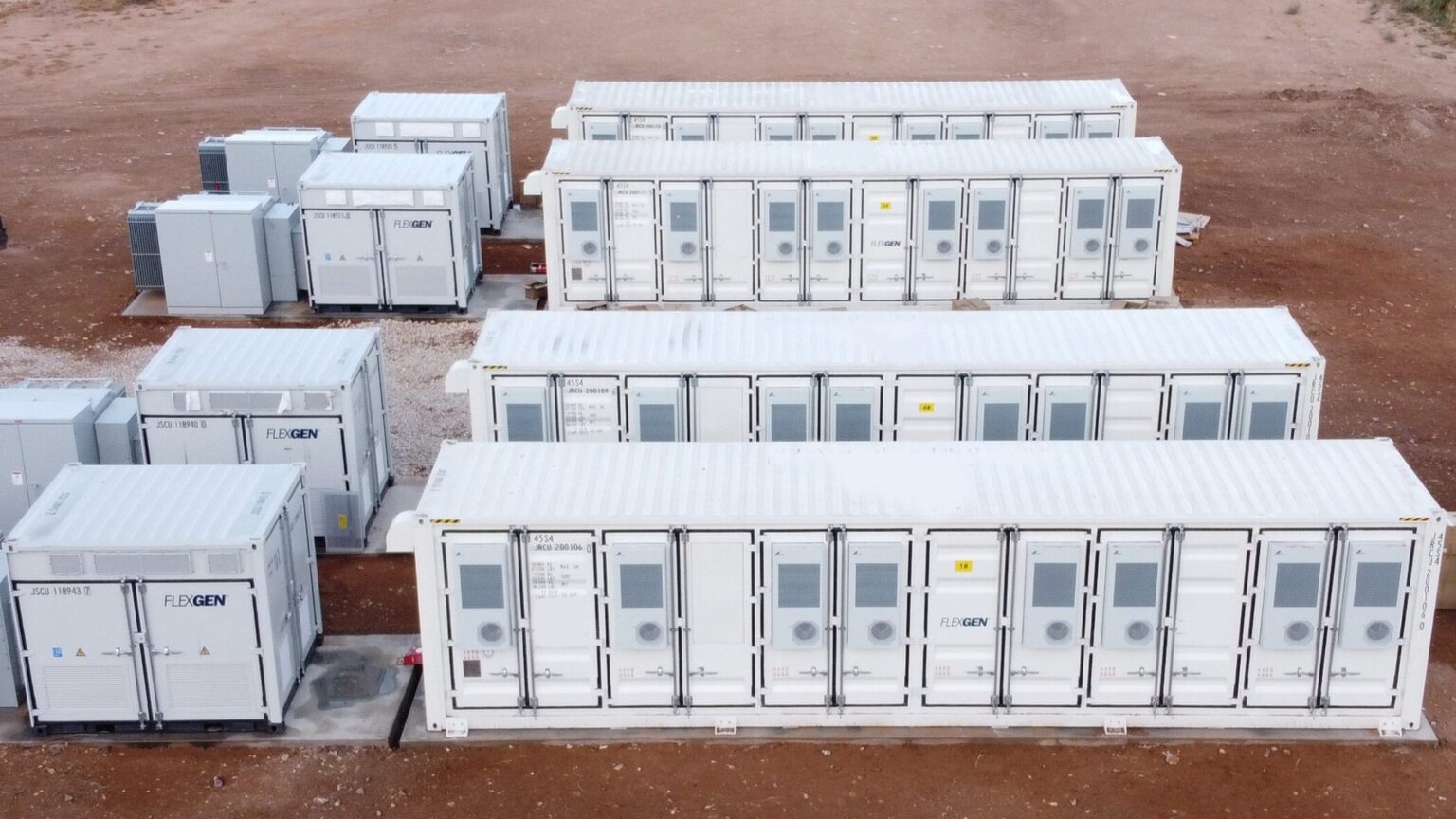Energy Storage Software
The project's operating system, known as the energy management system (EMS), assumes responsibility for controlling (charging and discharging), optimizing (revenue and health), and ensuring safety (electrical and fire). The EMS operates in conjunction with the inverters, battery management system (BMS), breakers, and fire system to coordinate their functions. However, what occurs in the event that it does not yield satisfactory results?
The financial strategies for utility-scale Battery Energy Storage Systems (BESS) are greatly influenced by the unique characteristics of the regions in which providers establish themselves. Typically, players in this sector opt for a revenue stacking approach, which involves aggregating incomes from multiple sources. They may engage in supplementary offerings, arbitrage, and capacity auctions. For instance, numerous BESS installations in the United Kingdom presently focus on ancillary services like frequency regulation. In Italy, there are talented players who have achieved success by emerging victorious in one of the country's capacity auctions that prioritize renewable energy. On the other hand, in Germany, the focus is more on evading expensive grid enhancements in order to seize opportunities. The successful players in the FTM utility sector have recognized the importance of tailoring their approach to individual countries and their regulations, rather than relying on a singular, all-encompassing strategy.
To gain a comprehensive understanding of the potential advantages that come with BESS, it is ideal to divide the market based on user applications and sizes. Within BESS, there are three distinct segments: front-of-the-meter and BTM residential installations, typically ranging below 30 kWh (as shown in Exhibit 1).


